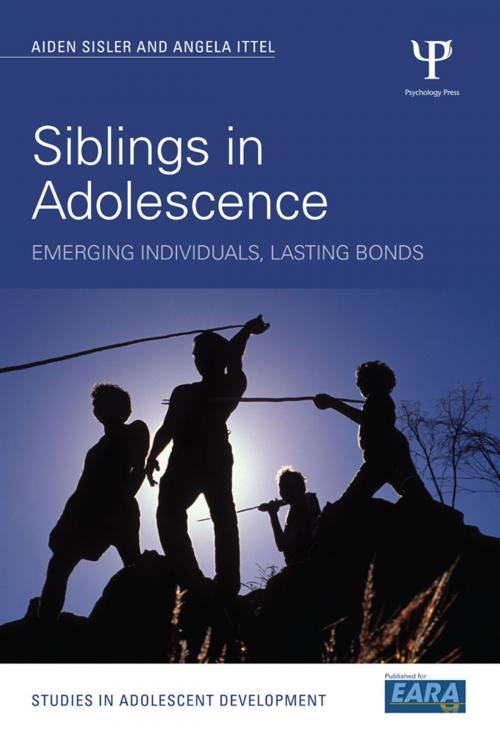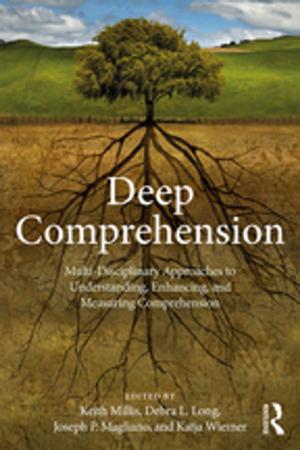Siblings in Adolescence
Emerging individuals, lasting bonds
Nonfiction, Health & Well Being, Psychology, Child & Adolescent, Adolescent Psychology| Author: | Aiden Sisler, Angela Ittel | ISBN: | 9781317570226 |
| Publisher: | Taylor and Francis | Publication: | November 27, 2014 |
| Imprint: | Psychology Press | Language: | English |
| Author: | Aiden Sisler, Angela Ittel |
| ISBN: | 9781317570226 |
| Publisher: | Taylor and Francis |
| Publication: | November 27, 2014 |
| Imprint: | Psychology Press |
| Language: | English |
How do brothers and sisters shape one another? Siblings in Adolescence provides a comprehensive overview of the most up-to-date, international empirical research on the sibling bond during the critical adolescent years. The authors examine how the relationship impacts on adolescent development, as well as the effect on and within the family, using evidence from behaviour genetics, cross-cultural studies, and research utilizing both quantitative and qualitative methods.
The book presents a multi-faceted dynamic view of the adolescent sibling relationship, drawing on perspectives from sociological, psychological, and ecological and systems science. It introduces a novel theoretical perspective which covers sibling dynamics across various key environments such as their families, communities, and cultures. Parents and siblings will also find useful coverage of the following issues:
- school and life transitions
- parental separation
- health, illness, and disability
- diverse family experiences.
Siblings in Adolescence will be indispensable for advanced undergraduate and postgraduate students studying human development, and will supplement postgraduate courses for teachers, counsellors, and social, youth, and health workers. It will also be required reading for all those who work and do research with families and young people.
How do brothers and sisters shape one another? Siblings in Adolescence provides a comprehensive overview of the most up-to-date, international empirical research on the sibling bond during the critical adolescent years. The authors examine how the relationship impacts on adolescent development, as well as the effect on and within the family, using evidence from behaviour genetics, cross-cultural studies, and research utilizing both quantitative and qualitative methods.
The book presents a multi-faceted dynamic view of the adolescent sibling relationship, drawing on perspectives from sociological, psychological, and ecological and systems science. It introduces a novel theoretical perspective which covers sibling dynamics across various key environments such as their families, communities, and cultures. Parents and siblings will also find useful coverage of the following issues:
- school and life transitions
- parental separation
- health, illness, and disability
- diverse family experiences.
Siblings in Adolescence will be indispensable for advanced undergraduate and postgraduate students studying human development, and will supplement postgraduate courses for teachers, counsellors, and social, youth, and health workers. It will also be required reading for all those who work and do research with families and young people.















